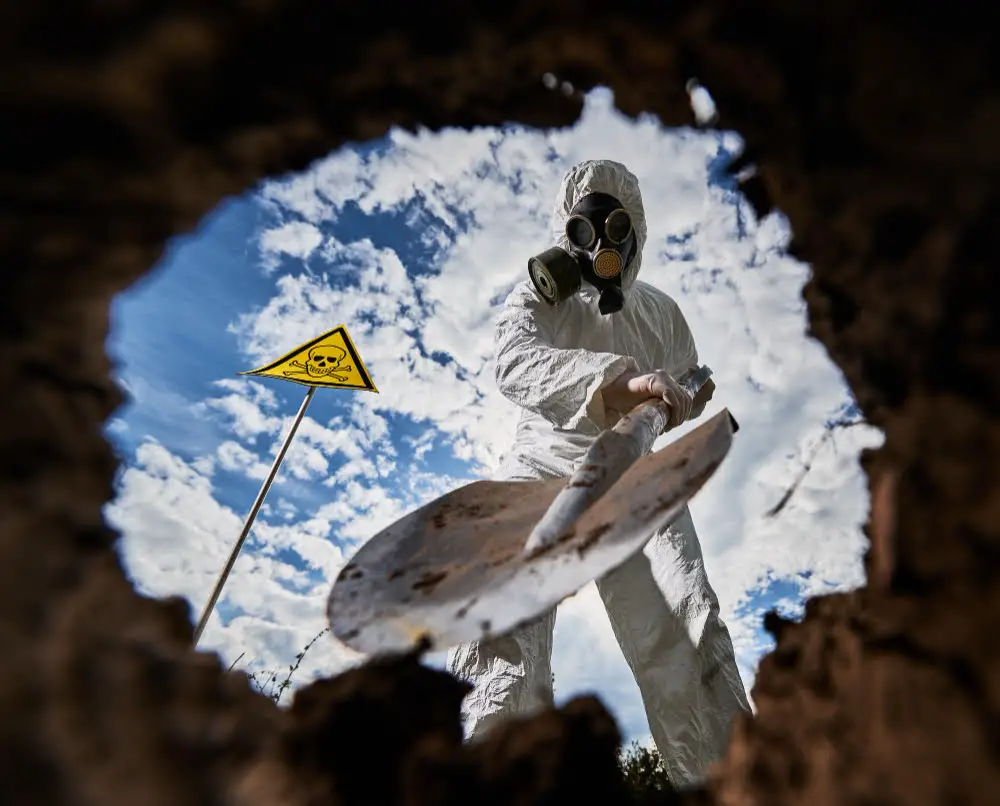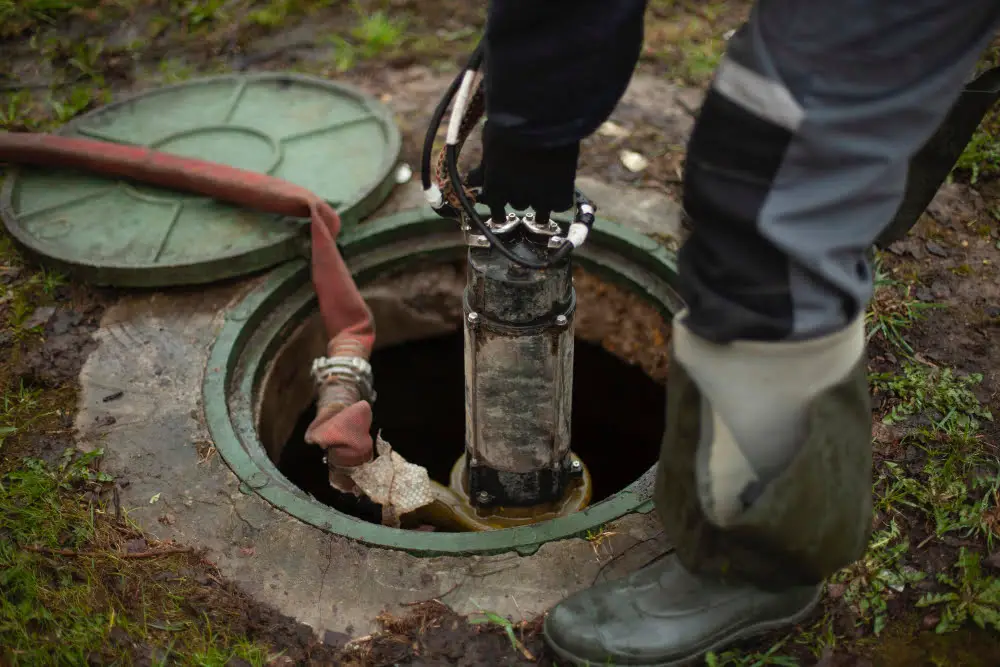Last updated on
Asbestos was once hailed as a wonder material for its fire resistance and durability, only to become a health menace that lingers in many structures today. This guide aims to outline the risks of asbestos exposure, diseases associated with asbestos, and the imperative measures for mitigating these hazards.
Homeowners, construction workers, and health and safety professionals must understand the complexity of asbestos-related issues to protect health and abide by legal provisions. For decades, asbestos was incorporated into various building materials, leaving a perilous legacy in our homes and workplaces. As its severe health risks have come to light, understanding and managing asbestos exposure has become crucial.
Understanding Asbestos Exposure

Asbestos is a naturally occurring mineral composed of thin, fibrous crystals. Exposure occurs when these fibers are inhaled or ingested, which can lead to serious health conditions. The microscopic size of these fibers allows them to travel deep into the lungs, embedding themselves with potentially deadly consequences.
Furthermore, exposure to asbestos can occur through direct contact, such as handling asbestos-containing materials, or from secondary exposure, where individuals come into contact with fibers brought home on clothing and other surfaces. Most people do not experience any immediate symptoms after exposure, which is why asbestos-related diseases often develop years or even decades later.
The Lingering Presence of Asbestos in Buildings
Many structures built before the 1980s may contain asbestos. Common materials include insulation, roofing shingles, floor tiles, and piping. The aging of these materials heightens the risk as they may release fibers into the air, especially during renovations or demolitions. Asbestos-containing materials can also deteriorate over time, becoming friable and easily releasing fibers into the air.
It is crucial to have an inspection conducted by a certified professional before any construction or renovation work to determine the presence of asbestos and take necessary precautions. When left undisturbed, asbestos-containing materials do not pose a significant risk. However, any damage or disturbance can release fibers into the air and put individuals at risk.
Asbestos-related Diseases

Prolonged asbestos exposure can lead to several diseases, the most notorious being mesothelioma, a devastating and often fatal cancer. Asbestosis and lung cancer are also on the list of possible outcomes. Symptoms can take years, even decades, to manifest, underscoring the need for preventative action and early detection.
Asbestos-related diseases have no cure, and treatment options are limited, making prevention the best course of action. Homeowners should be aware of the potential risks when living in older homes, while workers in construction and other industries must take all necessary precautions to avoid exposure.
Preventing Workplace Asbestos Exposure
Prevention remains the best defense against asbestos-related diseases. Workplaces must implement comprehensive training and safety protocols. Personal protective equipment, such as respirators and protective clothing, should be mandatory in environments where asbestos exposure is possible. Regular health screenings are also crucial for at-risk workers.
Employers must also comply with legal requirements, such as conducting regular inspections and providing asbestos awareness training to their employees. By understanding the risks and taking appropriate measures, workplaces can protect their workers’ health and avoid potential legal consequences.
Identifying and Managing the Danger
Managing asbestos danger requires identifying asbestos-containing materials (ACMs) and taking steps to either remove or contain them. Remediation specialists assess the condition of ACMs and determine whether removal or encapsulation is the safer option. Homeowners should never attempt to handle or disturb suspected asbestos.
Instead, they should seek professional help to manage the risk. If asbestos is present in a workplace, appropriate precautions must be taken to prevent exposure while safely removing or enclosing ACMs. Most importantly, ongoing monitoring and maintenance are crucial to ensure the safety of individuals living or working in buildings with asbestos.
Legal Implications: Asbestos Regulations and Liability
Governments have established regulations regarding asbestos management, such as the U.S. EPA’s Asbestos National Emission Standards for Hazardous Air Pollutants. Noncompliance can result in severe legal and financial repercussions.
Liability extends not just to companies, but also to individuals who neglect proper handling and disclosure requirements. It is essential to research and comply with all regulations to avoid legal consequences and protect public health.
Asbestos-related lawsuits are also common, highlighting the importance of proper management and transparency in disclosing potential risks. For individuals suffering from asbestos-related diseases, legal action may be necessary to obtain compensation and justice. Thus, understanding and adhering to regulations is crucial for all parties involved.
The dangers of asbestos cannot be overstated. Awareness and diligence in managing exposure risks are essential. By staying informed and proactive, we can mitigate the health threats posed by this hazardous material. It is our collective duty to handle the legacy of asbestos with care to ensure the safety and health of current and future generations.
Whether you are renovating a home, working in construction, or overseeing workplace safety, remember that the danger of asbestos is still very real. Regular risk assessments, adherence to regulations, and education about safe practices remain paramount. Stay informed, stay vigilant, and prioritize health above all.
Recap




